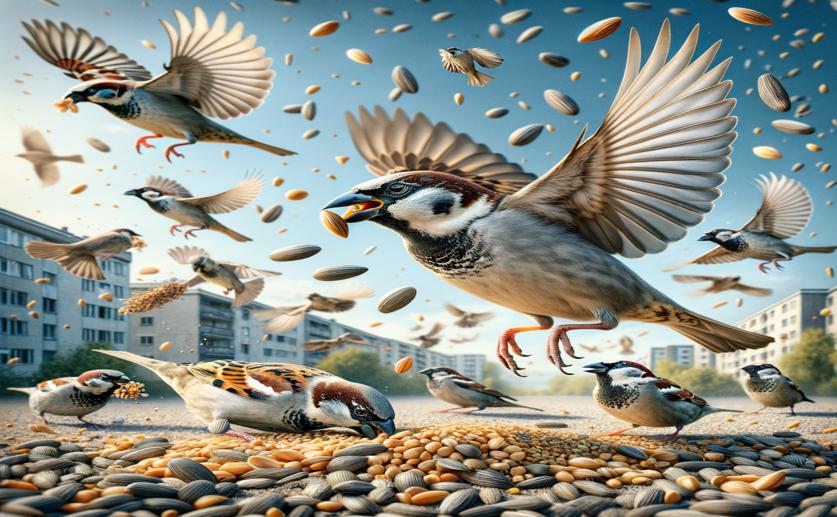
House Sparrows Help Spread Seeds in Unexpected Ways
Jim Crocker
27th June, 2024

Image Source: Natural Science News, 2024
Key Findings
- Researchers in central Spain found that around 22% of house sparrow droppings contained seeds
- Viability tests showed that 53.9% of these seeds were alive and capable of germination
- The study reveals house sparrows play a dual role as both seed predators and dispersers, challenging traditional views
EcologyPlant ScienceAnimal Science
References
Main Study
1) Seed dispersal by the cosmopolitan house sparrow widens the spectrum of unexpected endozoochory by granivore birds.
Published 27th June, 2024
https://doi.org/10.1002/ece3.11556
Related Studies
2) Parrots as key multilinkers in ecosystem structure and functioning.
3) The effect of gut passage by waterbirds on the seed coat and pericarp of diaspores lacking "external flesh": Evidence for widespread adaptation to endozoochory in angiosperms.
4) Epizoochory in Parrots as an Overlooked Yet Widespread Plant-Animal Mutualism.
5) Network structure embracing mutualism-antagonism continuums increases community robustness.



 26th June, 2024 | Jim Crocker
26th June, 2024 | Jim Crocker